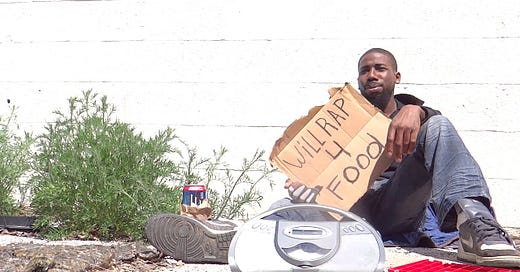Bertrand Cooper fits the profile. Except like most of us, he actually doesn’t. He has one of those rags to riches biographies that make people squirt their pants, and he’s the genuine article. We had sandwiches in SkidRokio Los Angeles recently, and he reminded me of how fortunate I have been to meet interesting people in my life.
If you haven’t heard of…
Keep reading with a 7-day free trial
Subscribe to Stoic Observations to keep reading this post and get 7 days of free access to the full post archives.




